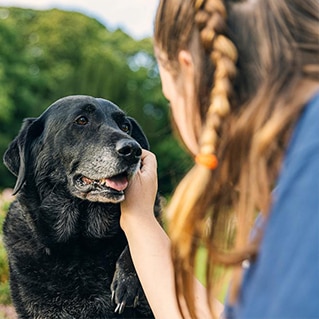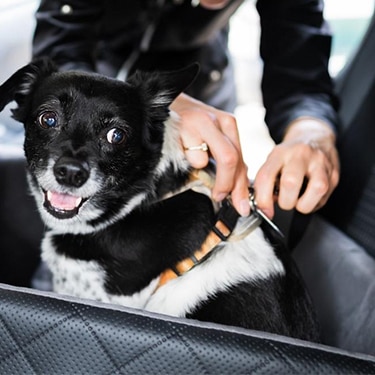A male vizsla is 22 to 24 inches at the shoulder; females are smaller at 21 to 23 inches tall. Their bodies are muscular and well proportioned. Vizslas generally mature at 1 or 2 years, although they reach their full size around 6 to 8 months.
The vizsla coat is short, smooth and dense with no undercoat. Considered "wash and wear," vizslas require little more than a quick rubdown with a rubber curry brush. The color is a solid golden rust (also called russet).
Vizslas are active dogs, requiring a high level of physical activity, given their hunting history. They do not make good kennel dogs and prefer being with their owners. They are highly intelligent and need activities to keep them occupied to prevent destructive behavior such as chewing and digging.
Vizslas need a large amount of interaction with people. They tolerate other dogs and cats well if properly socialized. Other pets, such as rodents, birds, and reptiles, should be kept away from the vizslas. Because of their hunting heritage, they are liable to kill such animals.
Vizslas make good watchdogs and generally do not bark excessively. Well-socialized dogs are friendly to strangers, unless threatened. Vizslas may suffer separation anxiety and fear of loud noises such as thunderstorms.
Vizslas are ideal for owners who want a medium-sized, active dog for hunting, hiking, and other outdoor activities. Vizslas do not do well left alone for long periods.
Vizslas typically live from 10 to 15 years.
The vizsla or Hungarian pointer has an ancient history. The dog of the Magyar barbarian tribes that invaded central Europe during the Dark Ages, the vizsla fulfilled the role of companion and hunter to the Magyar warriors. Early 10th century etchings show a Magyar warrior and a dog resembling a vizsla. The breed was readily adopted by Hungarian nobility.
The vizsla nearly became extinct after World War I, but was preserved by vizsla fanciers. In 1945 during World War II, many Hungarians fled the Russian occupation, taking their vizslas with them. Vizslas re-appeared in the 1950s and the breed was recognized by the American Kennel Club in 1960.
The vizsla is an active sporting breed. It is an excellent bird hunter as well as a companion.
Adopt a pet. Change a life.
Are you prepared to adopt a pet? Use these tools to make sure you are ready for the commitment.
Adopt a pet. Change a life.
Are you prepared to adopt a pet? Use these tools to make sure you are ready for the commitment.






















